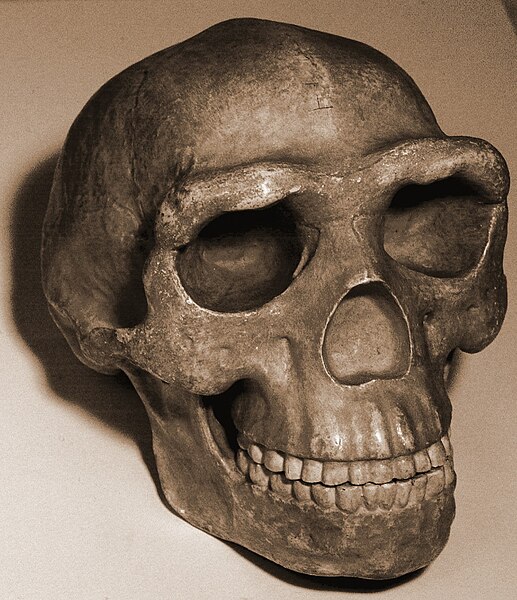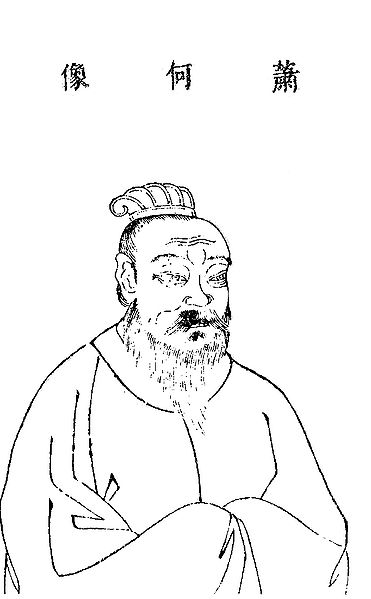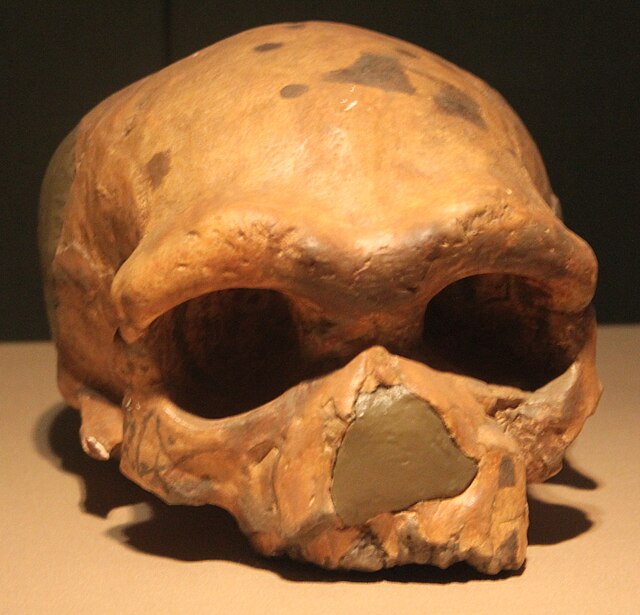The grand chancellor, also translated as counselor-in-chief, chancellor, chief councillor, chief minister, imperial chancellor, lieutenant chancellor and prime minister, was the highest-ranking executive official in the imperial Chinese government. The term was known by many different names throughout Chinese history, and the exact extent of the powers associated with the position fluctuated greatly, even during a particular dynasty.
Statue of Liu Bei and Zhuge Liang, considered the ideal example of the loyalty, integrity and Ruist shared governance between a lord and minister in Chinese history.
Cao Cao, who controlled the Late Han dynasty, is one of the most famous Chinese chancellors.
Xiao He, chancellor of the Han dynasty
Cao Shen, chancellor of the Han dynasty
The history of China spans several millennia across a wide geographical area. Each region now considered part of the Chinese world has experienced periods of unity, fracture, prosperity, and strife. Chinese civilization first emerged in the Yellow River valley, which along with the Yangtze basin constitutes the geographic core of the Chinese cultural sphere. China maintains a rich diversity of ethnic and linguistic people groups. The traditional lens for viewing Chinese history is the dynastic cycle: imperial dynasties rise and fall, and are ascribed certain achievements. Throughout pervades the narrative that Chinese civilization can be traced as an unbroken thread many thousands of years into the past, making it one of the cradles of civilization. At various times, states representative of a dominant Chinese culture have directly controlled areas stretching as far west as the Tian Shan, the Tarim Basin, and the Himalayas, as far north as the Sayan Mountains, and as far south as the delta of the Red River.

Traditional reconstruction of the Peking Man skull
Restoration of the skull Shaanxi History Museum
LL-1 partials skull
10,000-year-old pottery, Xianren Cave culture (18,000–7000 BC)








